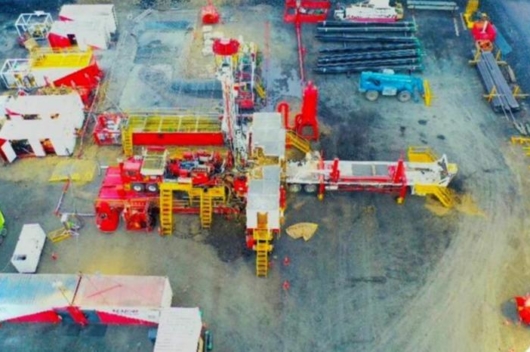Dry bulk owners are watching customs data out of Beijing closely to see where China is sourcing coal from to replace banned Australian products – the choice will have an enormous ramifications for the overall tonne-mile picture of the sector. Relations between Canberra and Beijing have soured in recent months after Australia called for an international probe into the origins of the Covid-19 pandemic, leading the government of Xi Jinping to ban a range of Australian products including coal.
The start to 2021 has seen no sign of a thaw in China’s Australian coal stance. “China is not backing down on this. Very little Australian thermal coal will go to China in 2021. It’s the chicken game,” commented Peter Sand, chief shipping analyst at BIMCO. Sand said that for the sake of shipping, he was crossing his fingers that China turns to Colombia and Canada and not Mongolia and Russia for its coal needs.
Coal to China from Russia travels around 1,000 nautical miles, it’s 2,000 miles from Indonesia, 4,000 miles from Australia, 9,000 from Colombia and 11,000 from Canada. Most worrying for dry bulk owners is the growing exports by land from Mongolia into China – volumes have leapt during 2020.
Latest data from Braemar ACM show there are 23 capes and 52 panamaxes laden with Australian coal remaining at sea outside Chinese ports, unable to discharge, with a median waiting duration of over 90 days so far.
The ban has already reshaped trade flows. Some of the cargoes waiting in China have diverted to nearby countries such as Vietnam and South Korea, while India’s share of Australian exports grew over the last few months.
Ralph Leszczynski, head of research at Banchero Costa, said dry bulk owners ought to be looking at the bigger coal picture rather than the current Australia – China dispute.
“The reality is that 2020 was across the board a horrible year for coal trade, worldwide,” Leszczynski said.
Global seaborne coal trade declined by 12.7% year-on-year in 2020. Nevertheless, the International Energy Agency (IEA) has revised its forecasts for coal demand upwards.
Citing a faster-than-expected economic recovery in Asia, the agency amended its previous forecast of a 7% drop in 2020 to 5%, and forecast growth of 2.6% in 2021. The IEA estimated that coal trade volumes had decreased by 10% or 150m tons in 2020, the largest drop ever recorded. Thermal coal volumes fell 10% and coking coal 12%. Remaining bullish for China coal import numbers is Jeffrey Landsberg, the managing director of US-based Commodore Research & Consultancy.
In recent weeks Commodore has been highlighting how a surge in electricity generation for heating has remained underway in China. Of note most recently is that nine separate power grids all saw their power loads set new highs this week. This includes the power grids in Hebei, Shanxi, Liaoning, Heilongjiang, Shaanxi, Ningxia, Jilin, Xinjiang, and Beijing.
“Going forward, we remain bullish for China’s coal import prospects,” Landsberg told Splash. The dry bulk analyst said it was significant that it is not common for power loads in China to set records during the winter. Instead, records are only normally set in the summer. “The current record power production levels in China at present are atypical for this time of year and very supportive to the dry bulk market. With the ban on Australia in place, China’s imports from Indonesia at present have been rising,” Landsberg said. (Splash 247.com)
 3,575.44
3,575.44












Related News